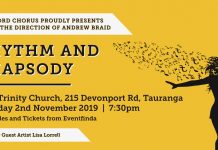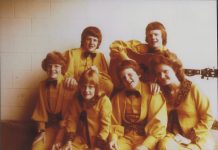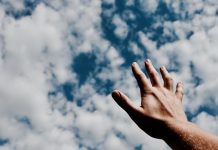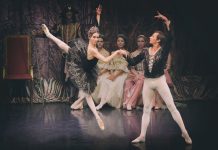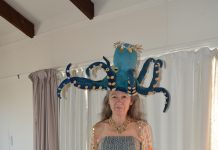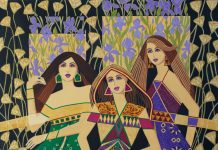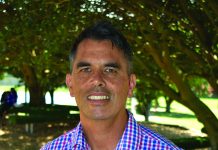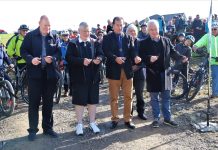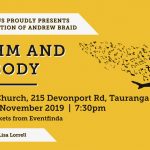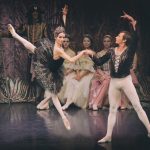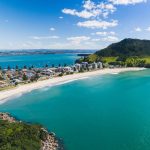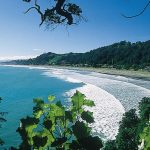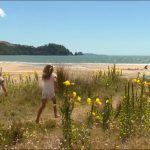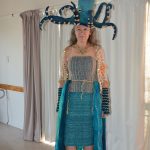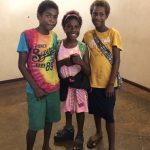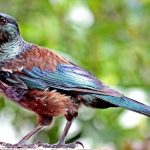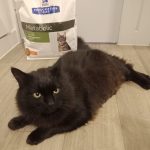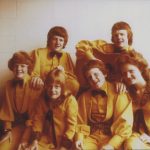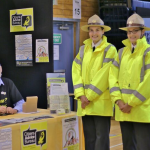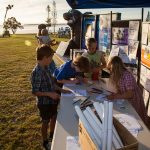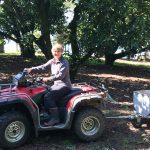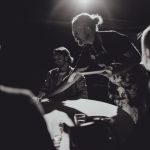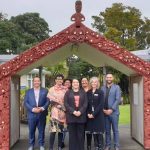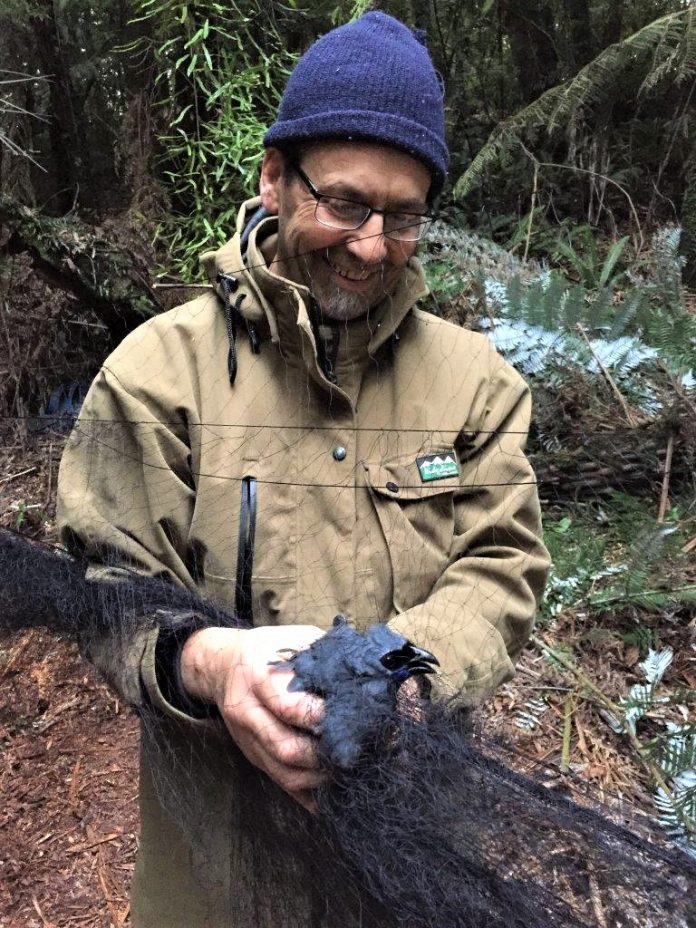
Western Bay of Plenty District Council staff took part in an expedition to relocate kōkako to Ōtanewainuku Forest in Oropi early this month.
Council’s Community Relations Advisor Glenn Ayo was one of the Ōtanewainuku Kiwi Trust (OKT) volunteers who captured 10 kōkako from the Kaharoa Ecological area and set them free in Ōtanewainuku during the second week of August.
Kōkako are an endangered native bird and these 10 join 29 others now calling Ōtanewainuku home following relocation from Kaharoa and Rotoehu forests since the programme began in 2010.
Protective partnerships
The reintroduction of kōkako to Ōtanewainuku is a partnership project between OKT and the Department of Conservation’s Kokako Specialist Group. It has been funded through the Department of Conservation’s Community Conservation Partnerships Fund.
Council has a strong relationship with the Trust and last year provided $20,000 to help fund transmitter and monitoring equipment. Glenn Ayo has been part of previous relocation expeditions.
Kaharoa and Rotoehu forests’ kōkako populations have similar genetics to the original Ōtanewainuku population, which helps the relocated population to thrive in Otanewainuku.
The first kōkako translocations to Ōtanewainuku in 2010 and 2011 released 19 birds. This began the programme to establish a self-sustaining kokako population and to ensure successful breeding. It was done in conjunction with an intensive predator control programme in Ōtanewainuku – also run by the Trust.
Glenn says the success of the relocation programme indicates the working relationship between the Trust, DOC, the Kaharoa Kōkako Trust and Council – and the massive input from volunteers.
“It is only through the different organisations working together and being committed to a common goal that this programme has achieved this level of success over the past eight years.
“It is a thrill to see these birds thriving and breeding in Ōtanewainuku – and it has been equally as thrilling to have been part of it.”
Parekura Whareaorere of Waitaha iwi who shared the experience says it was a very special moment.
“What an amazing morning! The Trust has been working on the Kōkako Restoration Project for nine years and I am glad to have ended the project with the final release. If the forest flourishes, the people will flourish!
“The name, Ōtanewainuku raises our consciousness of the divine gifts within the sanctified domains of Te wao nui a Tane. This is recognised by Waitaha through whakairinga korero, supporting the protection and preservation of waahi tapu, forests and all that live within it.”
The kōkako belongs to the endemic New Zealand wattlebirds (Callaeidae), an ancient family of birds including the saddleback and the extinct huia. The kōkako is the only member of its family still surviving on the mainland.
A survey of kōkako in Ōtanewainuku in 2017 found 47 kokako made up of 18 pairs, six singles and five juveniles – confirming that Ōtanewainuku is a suitable habitat for kōkako and that, with the continued support from volunteers, sponsors and DOC, has the potential to form a strategically important population.
For more information on the Trust’s work, visit http://www.kiwitrust.org/



